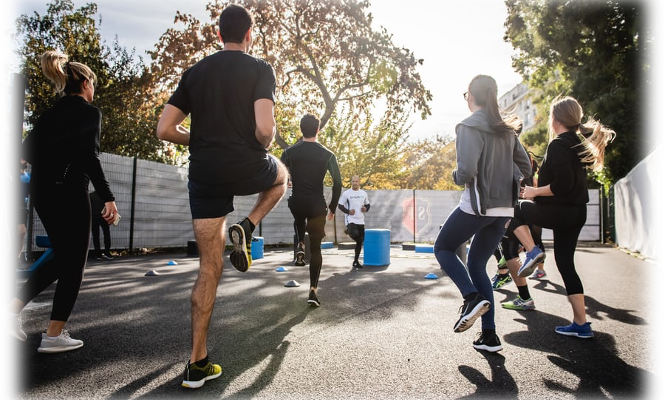ABOUT INTERACT
- INTERACT DIRECTORY
COMMUNITY
TAKE ACTION

Public spaces: Is any delimited covered area where Sport can be practiced but its jurisdiction and administration depend on government entities such as central government, Councils/municipalities, among others.
It covers both indoors and outdoors venues.
Contribution:
International endorsement
Who global action plan on physical activity action 1.3:
Implement regular mass-participation initiatives in public spaces, engaging whole communities, to provide free access to Sport and physical activity.
Maintenance
Advocacy towards shifting the negative perception of the use of public funds in Sport infrastructure.
Changes in policy making levels
Other tips:
“Pohod ob žici”: March along barbed wire
(City of Ljubljana)
More information:
March release. Click Here